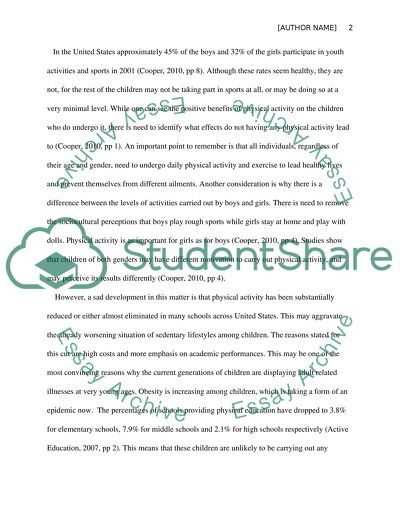Cite this document
(“Positive Effects of Physical Activity and Sports on Child Development Research Paper”, n.d.)
Retrieved from https://studentshare.org/family-consumer-science/1413312-positive-effects-of-physical-activity-and-sports
Retrieved from https://studentshare.org/family-consumer-science/1413312-positive-effects-of-physical-activity-and-sports
(Positive Effects of Physical Activity and Sports on Child Development Research Paper)
https://studentshare.org/family-consumer-science/1413312-positive-effects-of-physical-activity-and-sports.
https://studentshare.org/family-consumer-science/1413312-positive-effects-of-physical-activity-and-sports.
“Positive Effects of Physical Activity and Sports on Child Development Research Paper”, n.d. https://studentshare.org/family-consumer-science/1413312-positive-effects-of-physical-activity-and-sports.


